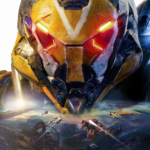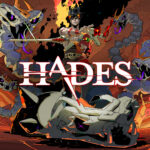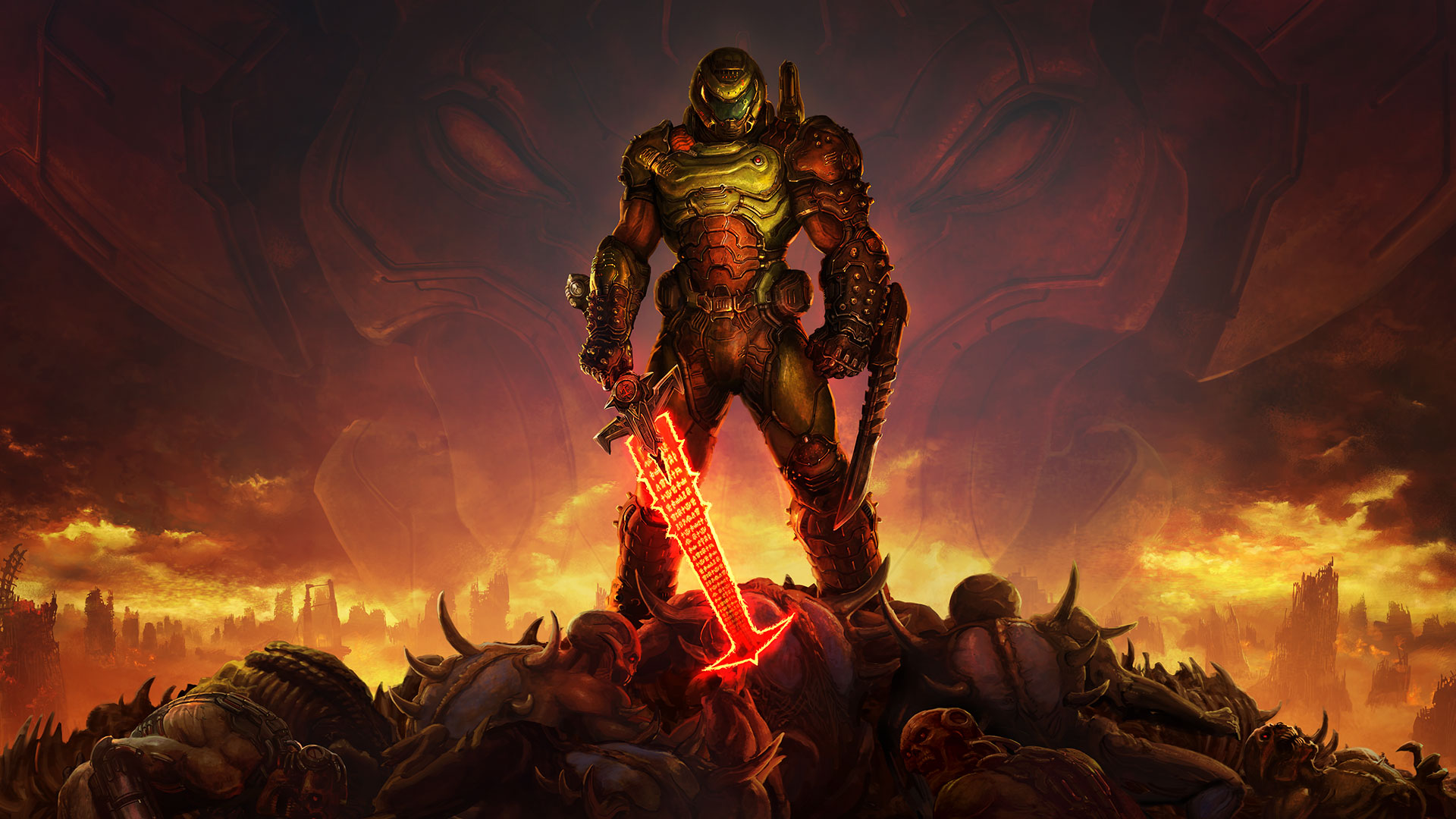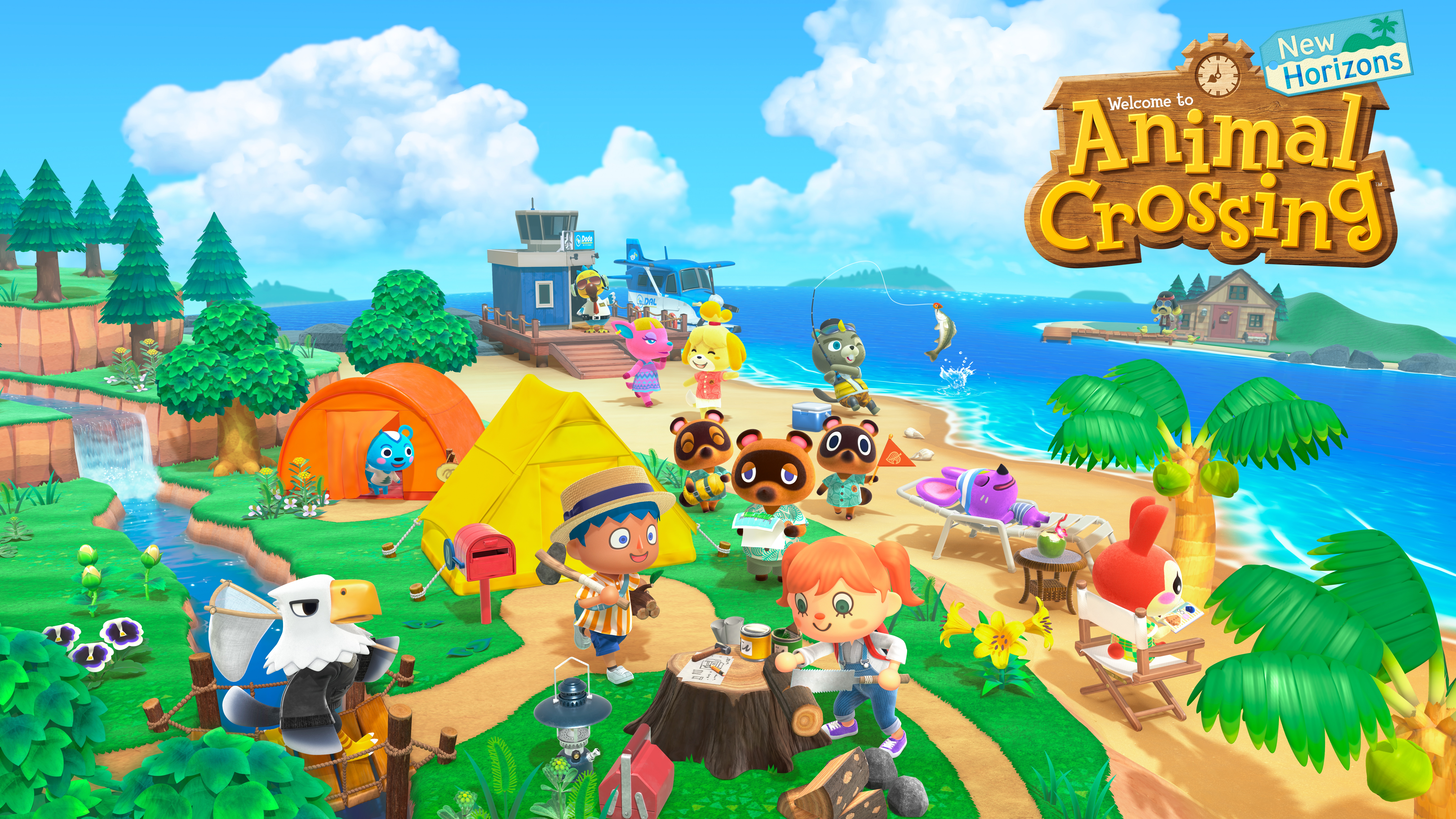This review was originally posted on June 30, 2020.
Revenge. It’s one of the most primal instincts we have as humans. An eye for an eye, a tooth for a tooth. We learn early in our lives that revenge is often not the best path to take, even if we feel it is justified. The cycle it feeds is corrosive and harms those around us. It’s here where we find ourselves with The Last of Us Part II, Naughty Dog’s latest foray into the story-driven, single-player genre of games. The original game was something of a revelation for me. While I wouldn’t call it a masterpiece by any means, it was one of the first games that truly demonstrated to me that characters can grow in realistic manners, allowing you to connect to them in some way (my previous real story-driven experience was Halo where Master Chief has the personality of a wet sponge). I never expected a sequel to the game and what I really didn’t expect was a handful of ideas with only strings to tie them together – The Last of Us Part II dropped the ball and it is one of my biggest disappointments this generation.
NOTE: There’s a lot to unpack in discussing how and why The Last of Us Part II is a step backward in many, many facets. In dissecting and reviewing this game I will enter into spoiler territory a lot. Consider this your SPOILER WARNING.
Where do I even begin with The Last of Us Part II? I guess we’ll start with the story, which is one of this game’s biggest attractions and drawbacks.
The Last of Us was more than just a fantastical tale across a virus-ravaged America. It was a deep, cleverly crafted character drama that focused on the themes of growth and familial bonds that can exist between people which you wouldn’t expect. Even though the world itself was dark and grim, the tale of Joel and Ellie was bright and promising. These two characters who started at odds grew to love and care for one another in such a realistic manner. It perfectly complemented the ‘Us vs Them’ structure of the world when meeting the other factions and groups of people – while allies and enemies came and went, Joel and Ellie were the only constants in each other’s lives.
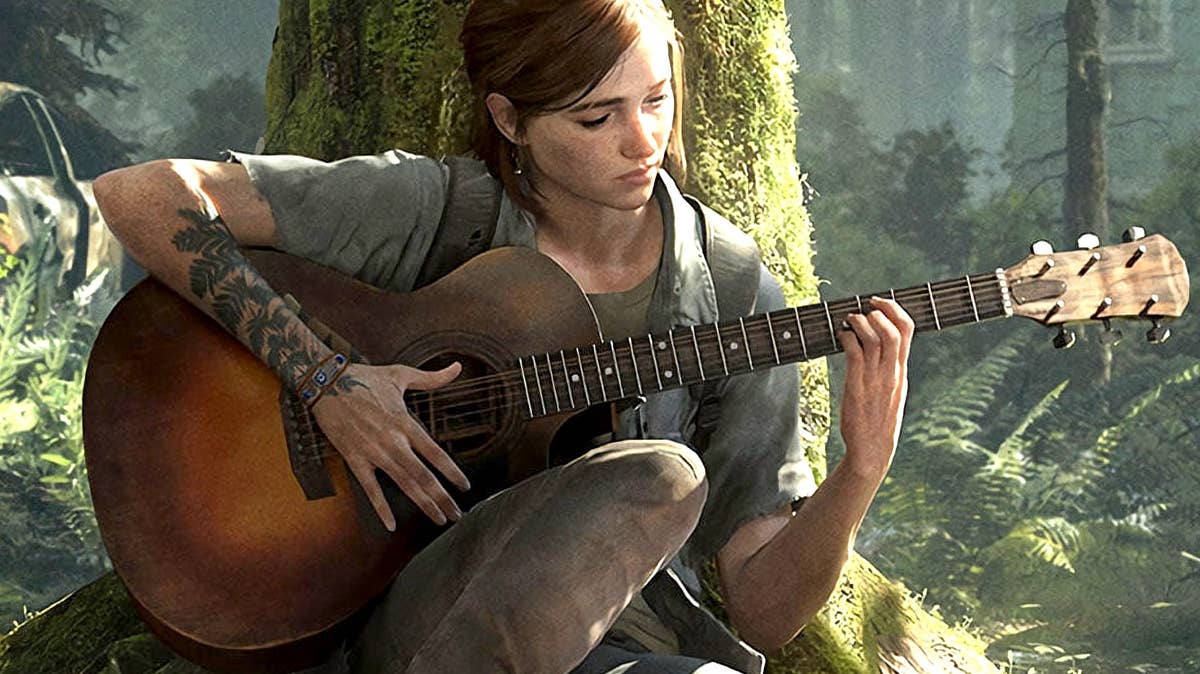
Sourced from Eurogamer
To work as a (potentially) beautiful juxtaposition to the first game, The Last of Us Part II sees Ellie go down the dark, cyclical road of anger, hatred and revenge. Joel’s actions at the end of the first game have come to bite him in the arse (of us). It’s here where the vicious cycle begins. Abby seeks vengeance for her father’s abrupt death at the hands of Joel and she tracks him down from Seattle all the way to Jackson, a relatively large settlement/town amongst the dense forest, and ends his life. There’s no beating around the bush. This scene is gritty and raw, and it sets the tone for the rest of the game – it’s just a shame that the game never truly realises how to handle that tone. Before anyone can misconstrue my words, let me get something clear. I actually really like the tonal direction of this sequel. There is no rule that games have to have heroes and there is no rule that games have to be fun, where my issue lies in The Last of Us Part II is with its writing and pacing.
Naughty Dog has always had a knack for using its anaemic gameplay as a form of pacing in its games. A great example is within the Uncharted games – as things draw to a close you find yourself in the combat side of gameplay more and more frequently. The Last of Us Part II features similar pacing through its gameplay but in a much more…intimate fashion. Trying to take notes from games like God of War and Gears 5, Ellie’s latest adventure spends quite a while in an open area, affording the player a great sense of agency and choice while also using the slower gameplay and exploration to create some incredible world-building. It’s here where the strength of The Last of Us Part II lies. The game uses this downtime to also try to create a cool bond between you and the characters you travel around with, but this is where the writing really felt clunky, cumbersome and oxymoronic. As I mentioned previously, this game is positioned in a way so that there are no heroes. It’s telling a dark tale where you aren’t supposed to like or relate to the key characters in any way, yet when you’re travelling the world with the other characters they try to tell you their backstories so you can…relate to them and like them.
Now, Naughty Dog has always done a great job with their character interactions/progression, it’s what made the original game [The Last of Us] so great. However, it seems like creating characters that you aren’t supposed to like isn’t exactly their forte. Unfortunately, the awkward interactions and dialogue that occur during your traversal through this open area almost immediately derails the standard of storytelling that is set by the game’s introductory sequences. A strong start doesn’t mean a strong finish. This is without even going into the actual events of the game’s story, which largely revolve around Ellie and her extraordinarily poor decision making. From chasing people that would be able to beat the living daylights out of her without breaking a sweat, to completely abandoning a friend who needs help in order to fulfil a selfish revenge promise for a person she didn’t even like all that much to begin with– all her actions and motives are so frustratingly boneheaded that I can only describe the story as a disasterpiece that I couldn’t avert my gaze from. Seriously, the only thing dumber than Ellie’s decision making in this game is the group of people who think inclusivity ruins gaming. This is all without getting into the most divisive section of the game, and whether you love or hate this game depends entirely on this section.

Sourced from NPR
About halfway through the game, you assume control of Abby, the character whom the game has been trying to demonise this entire time, in an attempt to make you understand her story. Clunky dialogue aside, which is consistent across the majority of the game, the biggest issue with this section is it answers questions that no one really asked, nor cared, while also making you play with bad, almost typecast characters. The sarcastic, cocky white male (basically Nathan Drake), the perverted, Latino drunkard and the mildly sensitive, pregnant woman, as well as some other rather inconsequential characters, are all there and they’re all so predictable and boring. They are just used as vessels to throw around random plot points that are never properly used most of the time. You effectively spend ten hours or so in campaign sections which add so little to the characters’ depth and story that it may as well have been communicated through a cutscene rather than making the game ten hours longer than it needed to be. Surely the payoff for this section is great? In keeping the quality consistent, the end of this section is met with one of the most terrible boss fights in a game I’ve played (and I’ve experienced the Uncharted 2 final boss fight). Even the ending of the game is a mess as a whole, extending the game by another hour or two for a climax that fumbles its tonal juxtaposition and tries to express themes that come off as pretentious due to how poorly communicated they are. There’s no true tonal build to the choices made in the ending, making it feel clumsy with yet another random plot point to cap off a game already laden with random, irrelevant plot points.
So if the story is borked, you’d hope that they’ve at least majorly improved the gameplay, right? Yeah…no. Naughty Dog’s gameplay has never been great, I’d even go as far as calling Uncharted’s gameplay as aggressively mediocre, but The Last of Us had a certain element of agency in its gameplay. It was definitely far from perfect, but the stealth/choice-based gameplay was surprisingly gratifying and it conveyed a really effective horror vibe. Most of The Last of Us Part II betrays this design idea through Ellie’s switchblade. Now, Ellie did have her switchblade during the Left Behind story DLC for the first game, but that was also trying to tell a relatively short story without impeding anything through the gameplay. This sequel, however, is spread across many, many hours and the gameplay becomes one of the most important factors over the course of the game. To put it bluntly, the switchblade ruins the tension in the gameplay, especially with the clickers. Taking these infected enemies out is nothing short of trivial and fighting the human enemies is just laborious.
The AI is pretty dumb and has a delayed sense of object permanence, with hunters looking for me in spots where I was hiding minutes ago. The only time the AI felt somewhat competent was with the dogs, where they can pick up on your scent trail and track you down – the only point where gameplay felt improved. The jump button felt pretty useless and what the game lacks in terms of gameplay quality it doesn’t make up for in environmental puzzles. Part of what made the first game so enjoyable was the fact that it quite often sidelined its gameplay and combat, and instead opted to throw some interesting and engaging environmental puzzles your way. From positioning debris so Ellie can cross it to finding objects to use as ladders/elevation tools – The Last of Us’ best moments reside within the sections that ignore the conventional gameplay standards for an action-adventure game. This sequel forgets all of that. Most environmental puzzles revolve around throwing rope (with very, very cool mechanics, admittedly) and moving a dumpster into a very easy-to-discern position. That’s about it really. Oh, and there’s a puzzle where you have to position a ladder to use it as a bridge, clearly a reference to the first game (no it’s not).
Ultimately, as the game dragged out more and more, I found myself growing increasingly tired of gameplay that was already dated when it originally took the stage in 2013 – and time has not been kind to TLOU2’s gameplay, and neither has Naughty Dog. It got to the point where I would run through the final areas of the game just to get the game over and done with. The game also introduces a new faction in what is effectively the last 10% of the game without even so much as explaining who these people are, adding yet another random plot point that feels completely irrelevant to the list.

Sourced from IMDB
Where The Last of Us Part II finds itself carried the most is through its presentation. This speaks for both the narrative presentation and the readjusted framing of the combat. Everything is a lot more cinematic in an effort to mask glaring faults, while also attempting to transcend the idea of being a game and being so much more (or perhaps less), which only serves to make it feel like a generic video game with sloppy, inconsistent writing.
Animations are crisp and the sound design is excellent. There are some small details which are both haunting and incredible, like hearing people choke on their own blood after slitting their throat. The only detail I hated was that every time you kill a human, NPCs would respond by yelling random names like “Rachel!” as if they were connected in some way. In somewhat of a contrast to this, however, the AI can also tell when your gun is out of ammo and will call it if they hear your gun clicking. These little details, which don’t add to the mess that is the story, is where I found myself loving The Last of Us Part II.
In addition to the overall presentation, the visuals for this sequel are out of this world. The first game felt like, graphically speaking, it was the transition between two generations of consoles. This game, honestly, feels like a next-gen game. There is some serious technology powering this game (if only it powered the writing too). A standout moment is a scene where Ellie has her back to the camera and she takes off her shirt. There is no clipping of the hair through the shirt, the physics are in check and behave exactly how you would expect them to in real life. This would have been an incredibly tough animation to make correctly, and I found myself mesmerised at the sheer quality of the game in this regard. I previously regarded Gears 5 and DOOM Eternal as perhaps the best games of this generation in terms of visual fidelity and optimisation, but The Last of Us Part II is in a league of its own. It’s definitely not a perfect, bug-free game, but it’s pretty damn close.

Sourced from Sony Australia
What works well with this technology is the overall level design. The general flow and design of The Last of Us Part II’s levels and combat arena is significantly improved and feels much more organic. Where the original’s design was quite regimented and video-gamey, this sequel understood how an organic flow in its level design can compliment world design, in much the same way that art can carry its own story. You see towns and city districts in ruins and you can immediately see how they collapsed. There is absolutely no denying that this game is in improvement on that front and it is part of what allowed me to enjoy the world as much as I did.
- Conclusion
- The Last of Us Part II is the result of handing a blank cheque to a prestigious studio and not ensuring that what they are working on functions cohesively. While there are a lot of improvements in this sequel compared to its predecessor — in terms of visuals, sound, level design and overall presentation — there are a lot of missteps that hold the game back significantly. Problems such as clunky dialogue, dated gameplay (whose strongest asset, in the form of agency in the stealth combat against clickers, is compromised for more than half of the game’s runtime), sloppy and inconsistent writing, and pointless storytelling that adds nothing compelling (narrative-wise) yet extends what should be a 15-hour game to a 25-hour game — these are all prevalent issues in The Last of Us Part II. And it is these very issues that, once combined, serve to create a game which feels more like a proof of concept or a tech demo (for admittedly impressive tech) rather than a compelling exploration of themes such as revenge, anger and the duplicitous nature of humans in a world where governments and laws no longer exist. To say I was disappointed in this game is an understatement.
- PS4




